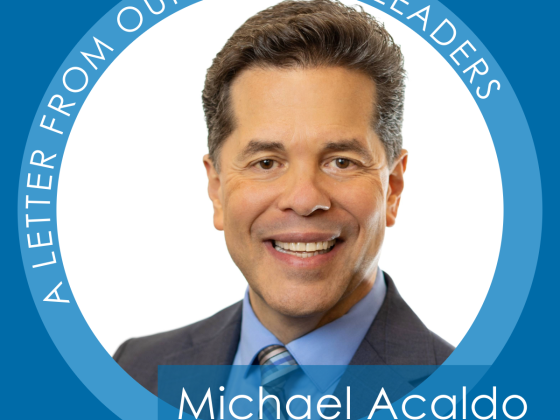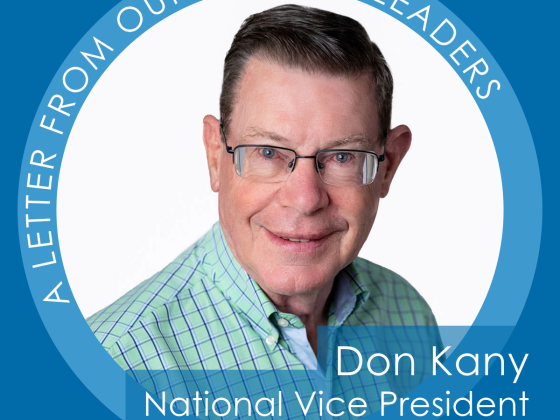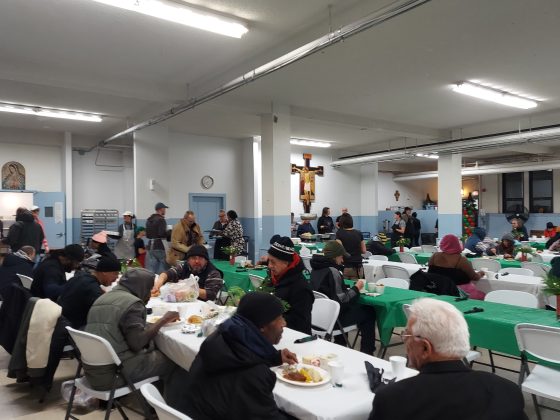Years ago I bought some original comic book production pages of black ink on card paper, because I enjoyed the comics featuring Conan the Barbarian and other heroes as a young adult. I had them framed, kept them out of direct sunlight and otherwise protected my whopping investment of about 30 bucks a page. As I recall, the frames cost more than the art!
When I started reading comic books, they cost 12 cents. The books today start at $3.99 and may be $5.99 or more. Most aren’t even designed anymore for kids. A lot has changed in 50 years! If I had continued to read those comics for all this time, I would have spent thousands of dollars – and Batman would still be chasing the Joker. Superman and Lois Lane will still be together (they did finally get married), and Thor would still need a haircut. The stories were never meant to end, but rather to keep me reading and spending my money.
I’m wondering if it’s the same with poverty.
It seems we can’t end poverty by spending more on it. With the billions of aid from government and charities in the United States alone, the number of poor people remain stubbornly about the same. They are considered to be relatively better off than 50 years ago, but millions are still under the poverty line.
As Vincentians we remain hopeful, and we keep giving resources to our neighbors in need as we help one family at a time. The frustration we share privately is that some people we help need to return to us again and again, whether it be for rent assistance or food pantry support. We smile but it can break our hearts, and we wonder if we truly make a difference. We do of course, but perhaps to create lasting change we need to provide more lasting support. As the Society we can invest in building our capacity to serve, or keep spending on treadmill practices that move a lot but never really get anywhere.
Some Councils and Conferences have invested charitable dollars into systemic change solutions, designed to help families get out of that food pantry line once and for all. This strategy can be expensive when considered on a cost per person basis, but with a longer view of real impact the investment is a good one. Our Bridges Out of Poverty classes, Back2Work, and other employment programs, IMMERSION, and other reentry services, predatory loan aversion strategies, and financial literacy education, and so many other local creative programs, work closely and over time with one person or family. Yet that family has a much better chance of succeeding, not just now but generationally. That’s true impact.
Considering inflation and the cost of living, and our Society’s financial resources which also are affected by the same forces, systemic change makes sense. This does not, and never will, mean that we should abandon our signature Home Visit programs. People need help today, and that can’t be ignored. Allow me to offer two blended strategies for your local consideration.
One, keep Conferences focused on immediate help while designing Council programs for systemic change. Some of those who come for urgent needs can be recruited into the lasting solution resources, and Conferences can financially support the more regional, often more expensive, programs.
Two, re-think how we spend our precious local financial resources. Just as individuals spend some wages on today’s needs while putting some aside for retirement and education, consider splitting Conference resources (at whatever percentage you determine) into separate immediate and systemic change budgets. Strike a balanced approach between immediate and long-term solutions.
There are two notable exceptions to these strategies. First, sometimes a community is hit with a disaster such as a storm or a refugee crisis. These all-hands-on-deck times require urgency in both time and dollars. Second, we do not hoard funds for rainy days. It is raining right now for our neighbors! Saving to start a major program, however, is not hoarding.
While I am hardly a financial genius, I saved all those childhood comics and sold them to invest in a year of my college tuition. The original art pages I bought for a few bucks apiece are now up for auction and expected to sell for a return of several thousand percent! Our beloved Society likewise can benefit now as well as later, if we create plans and budgets over longer time horizons and keep long-range goals in our minds and prayers.
Yours in Christ,
Dave Barringer
CEO




Good morning.
I work at a local church food pantry and see the return of these poor souls every week. We are blessed with a great financial base but recently see a increasing demand.
When you speak of investing are you saying we should be investing some of the capital into a plan to use at a future date and time? Perhaps like a percent of our monthly income. Thanks Fred